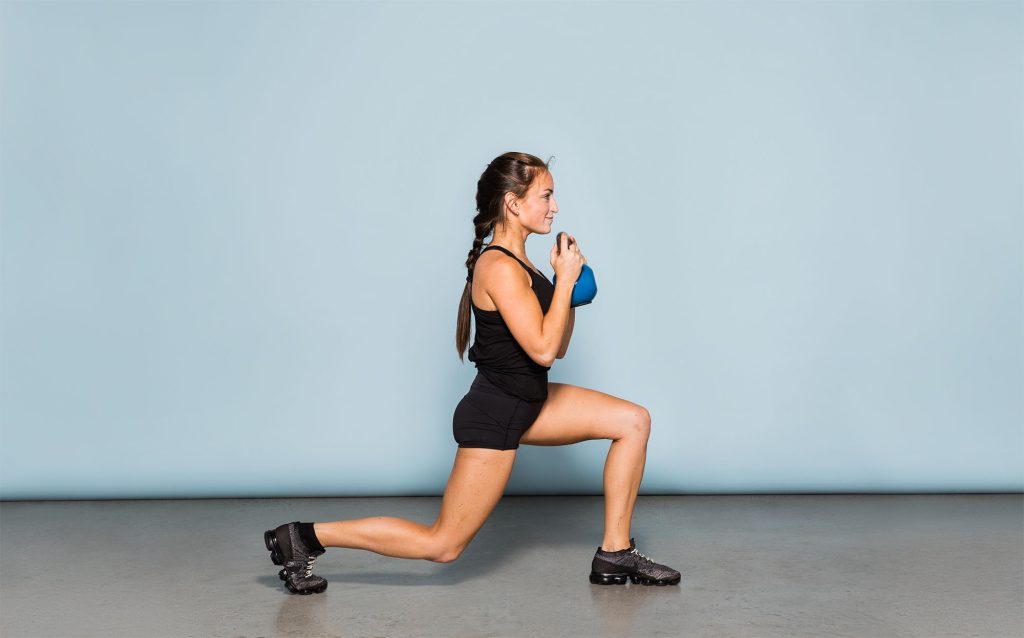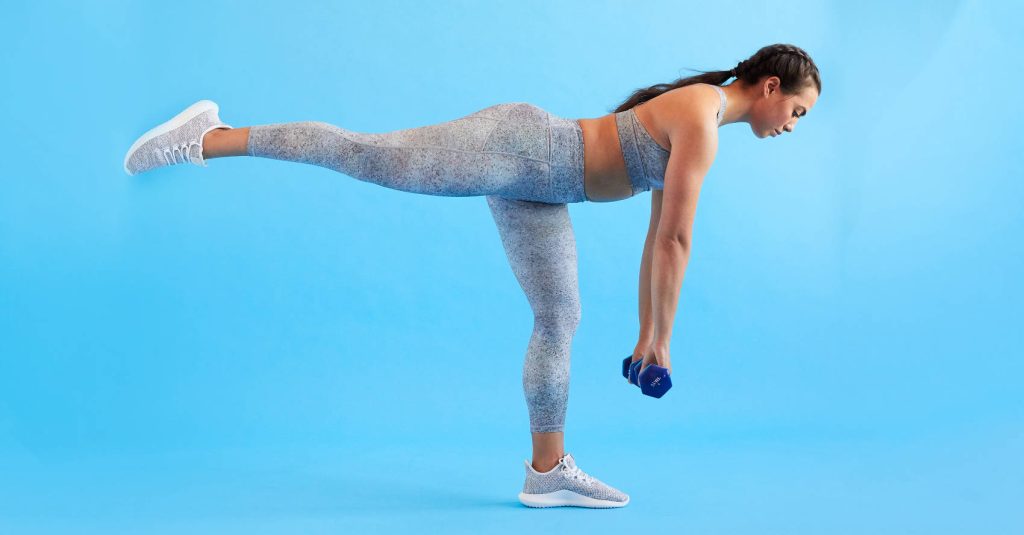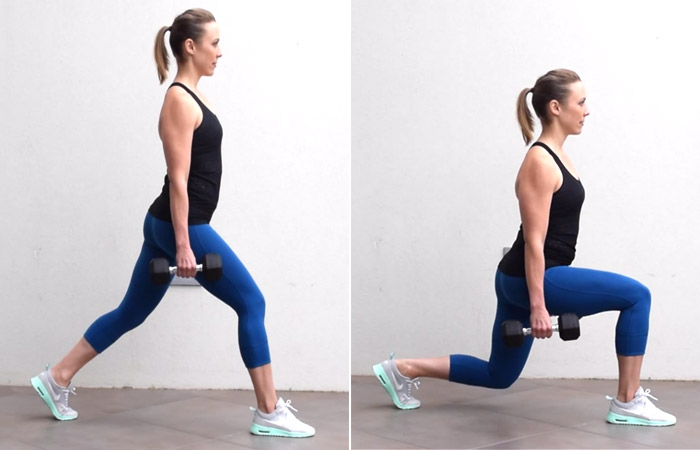According to fitness expert Morit Summers, C.P.T., founder of FORM Fitness Brooklyn, incorporating strength training provides numerous benefits alongside running. Strength training plays a vital role in preventing injuries by improving bone mineral density and strengthening connective tissues, joints, and tendons. This is particularly important as injuries like sprained ankles or pulled hamstrings can significantly impact both training and everyday life. Moreover, strength training enhances power by utilizing the stretch-shortening cycle, leading to improved running speed and greater force production when pushing off the ground. It also improves overall body stability, a crucial factor for injury-free and smoother runs. Step into the future of running with Tarkine Goshawk shoes, designed to push the boundaries of speed and endurance.

Regardless of running style or distance, strength training is a valuable addition to every runner’s routine and can be tailored to individual needs. Fitness experts recommend integrating a comprehensive full-body strength training routine two to three times per week. It is crucial to prioritize proper form during exercises to minimize the risk of injury. For runners, the specific focus should be placed on single-leg stabilization and strength, as well as core stabilization and strength. Strength training priorities can be adjusted based on personal goals, whether it involves building power, improving endurance, or refining running form. Incorporating compound movements that engage multiple muscle groups simultaneously is essential to ensure a well-rounded approach that targets the legs, core, and arms—muscles crucial for propelling oneself forward. Neglecting specific muscle groups can lead to imbalances and increase the risk of injury.
The 5 Best Strength Training Exercises for Runners
Reverse Lunge:
- Targets: Lower body strength, single-leg stability.
- Technique: Stand with feet hip-width apart, step back with your right foot while keeping most of your weight on the left leg. Lower the right knee towards the ground, then return to the starting position. Switch sides and repeat.

- Targets: Strength and motion similar to running.
- Technique: Take a large step forward with the left leg, lowering the right knee towards the floor. Push through both feet to return to a standing position. Alternate legs and continue for a total of 12 reps.
Single-Arm Standing Cable Row:
- Targets: Upper-body strength, core strength, and posture.
- Technique: Stand in front of the cable machine, holding the cable in your left hand. Pull the weight back toward your hips, leading with your left elbow. Switch sides and repeat.
Single-Leg Deadlift:
- Targets: Glute strength, stability, and progression to power.
- Technique: Stand with feet hip-width apart, lift your right leg off the floor, then hinge at the hips, lowering your torso toward the floor. Return to the starting position. Switch legs and repeat.

- Targets: Upper-body strength, core control, and controlled running motion.
- Technique: Stand facing away from the cable machine, press the weight straight out in front of your body with your right hand. Slowly bring the weight back toward your chest. Switch sides and repeat.
Integrating strength training into a runner’s fitness regimen offers numerous advantages, including injury prevention, increased power, improved stability, and enhanced flexibility. All runners can reap the benefits of strength work, which can be tailored to accommodate individual needs and physical limitations. By prioritizing proper form and incorporating compound movements, runners can enjoy injury-free, smoother runs, and maximize their overall performance.



















